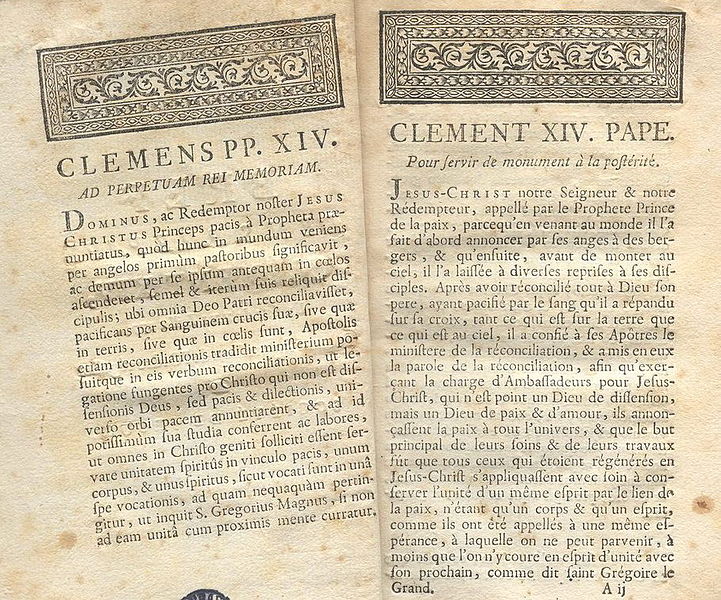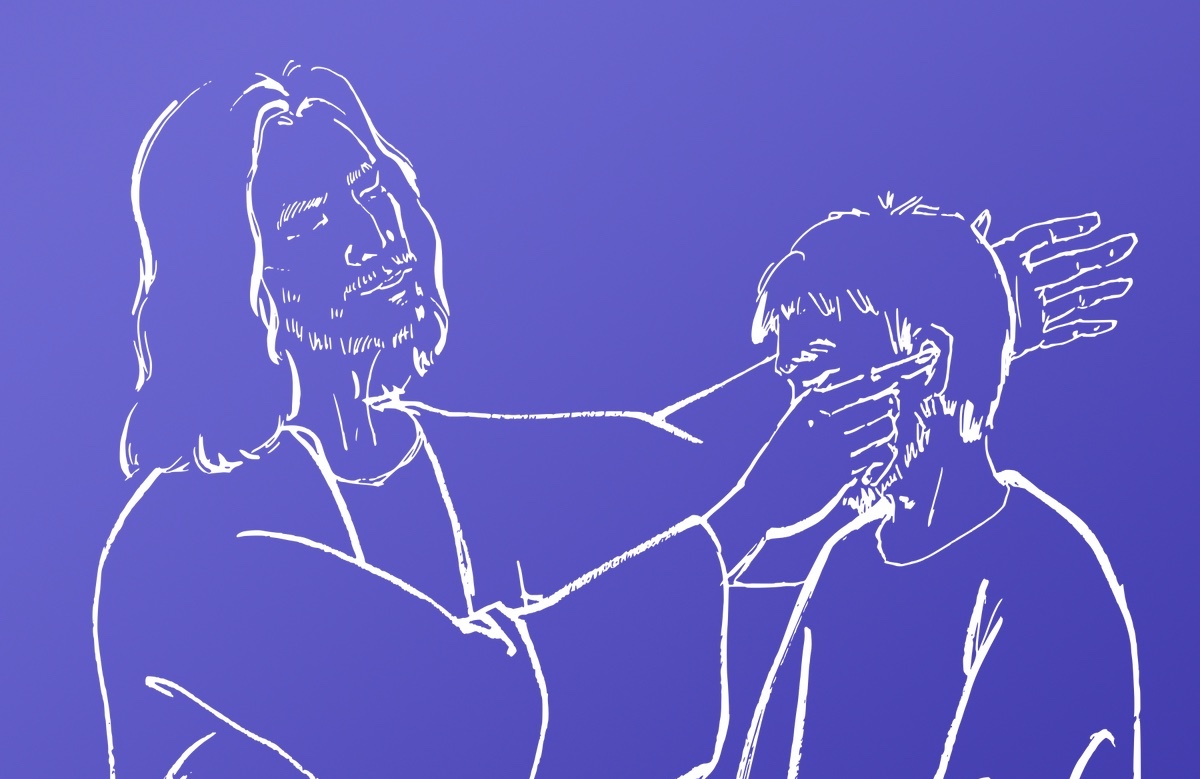In honour of the Feast of St. Ignatius of Loyola tomorrow, we’re reposting this piece from Lent four years ago. Its lessons hold true for us today.
2014 marked the 200th anniversary of the restoration of the Society of Jesus. For 41 years the Jesuits were in the darkness of suppression. Its story of apparent death and ultimate resurrection can give us great hope.

The Marquis of Pombal expelling the Jesuits from Portugal
Suppression
The suppression of the Jesuits holds a dark place in the history of the Catholic Church and came about in a perfect storm of opposition from wealthy and influential powers. In the middle of the 18th century the Society of Jesus had an important influence among the educated and the nobility, partly thanks to its network of universities and the role of being confessors to royalty.
The Marquis of Pombal, the head of the Portuguese government passionately detested the Jesuits. The Jesuit Reductions Portugal inherited Pombal saw as the result of Jesuit wealth and power. Jesuit influence with the nobility and connection with Rome was seen as a political threat. After the king was nearly assassinated Pombal made a bold move and pegged the Jesuits for playing a role in it. A number of Jesuits went to jail and one was executed. In 1759 the Society was made an enemy of the state and officially forced out of the country.
In France the Jesuits were up against supporters of an independent French church and the Jansenists, who opposed the Jesuit theology of salvation that gave weight to human free will. After a Jesuit priest was found dabbling in business (against his vow of poverty) he defaulted on a massive amount of debt. The entire Society was charged with the priest’s debt and despite appeal Jansenist political influence won the day. After some more added political drama, the Jesuits had to close up their schools and were ousted in 1764.

Dominus ac Redemptor, the papal brief suppressing the Society of Jesus
Anti-Jesuit sentiment also seemed to be growing in Spain, beginning with the king. When the country’s finance minister enacted a law that forbade Spaniards from wearing broad-brimmed hats and capes (their traditional dress) riots ensued and the king had to flee. This didn’t help the Jesuits. Once peace was restored the Jesuits were blamed for instigating the insurrection. The perfect storm was closing in and in 1767 the Jesuits were driven out of Spain.
With increasing political pressure from the Western European noble powers, in 1773 Pope Clement XIV reluctantly gave in and promulgated the papal brief that would suppress the Society of Jesus.

Restoration
During the suppression Jesuits took up ministry among the secular clergy or continued their academic careers. But how did the Society survive to meet its eventual restoration in 1814? Many Jesuits took refuge in Russia where the papal brief was refused implementation. Others still banded together to continue living and ministering in the Ignatian way. After the French Revolution the waves of secularism and anticlericalism still reigned and the Catholic world saw a need for a saviour to help ride out the storm. Jonathan Wright says,
“The Society of Jesus, which could easily, if inaccurately, be portrayed as the most conspicuous victim of unhealthy new trends in European political life, stepped into the breach.” (274, The Cambridge Companion to the Jesuits)
To the relief and joy of much of Catholic Europe, in 1814 Pope Pius VII issued a papal bull restoring the Society of Jesus. What’s impressive is the hope that survived through those 41 years in the ex-Jesuits who remained. Indeed, the Society experienced what might be called a resurrection.

Lent is a time of reflection on the darkness that’s inhibited our lives, and like the Jesuits, sometimes we must die in order to come alive again. The suppression of the Jesuits presents us a unique reflection on our own lives since the powers beyond us, beyond our own control, can be the things that bring us down. Some experience their own perfect storms of downfall. And sometimes our own need for power contributes to an eventual demise.
But what shines light is the Easter we know is coming. The restoration of the Society—indeed the quiet persistence and existence during its suppression—is nothing short of grace. Its Easter has led to a different but new abundance. While the Jesuits do not have quite the influence they had in the 18th century, Jesuits today live in over 100 countries as educators, confessors, scientists, peacemakers, doctors, lawyers, moviemakers, publishers, spiritual directors, and pastors. Hundereds of thousands of people are educated each year in Jesuit institutions and thousands around the world experience the grace of the Spiritual Exercises.
What’s more, the fact that you’re reading this right now is an effect of the 1814 restoration. Ignatian spirituality continues to bloom. And it’s that very spirituality that acknowledges and doesn’t dismiss the grace in darkness.
Here are some resources on the Suppression and Restoration:
|
An 8-part lecture on the Suppression and Restoration by John Padberg, SJ:
Listen to an audio version of this post…
Music by Kevin MacLeod








